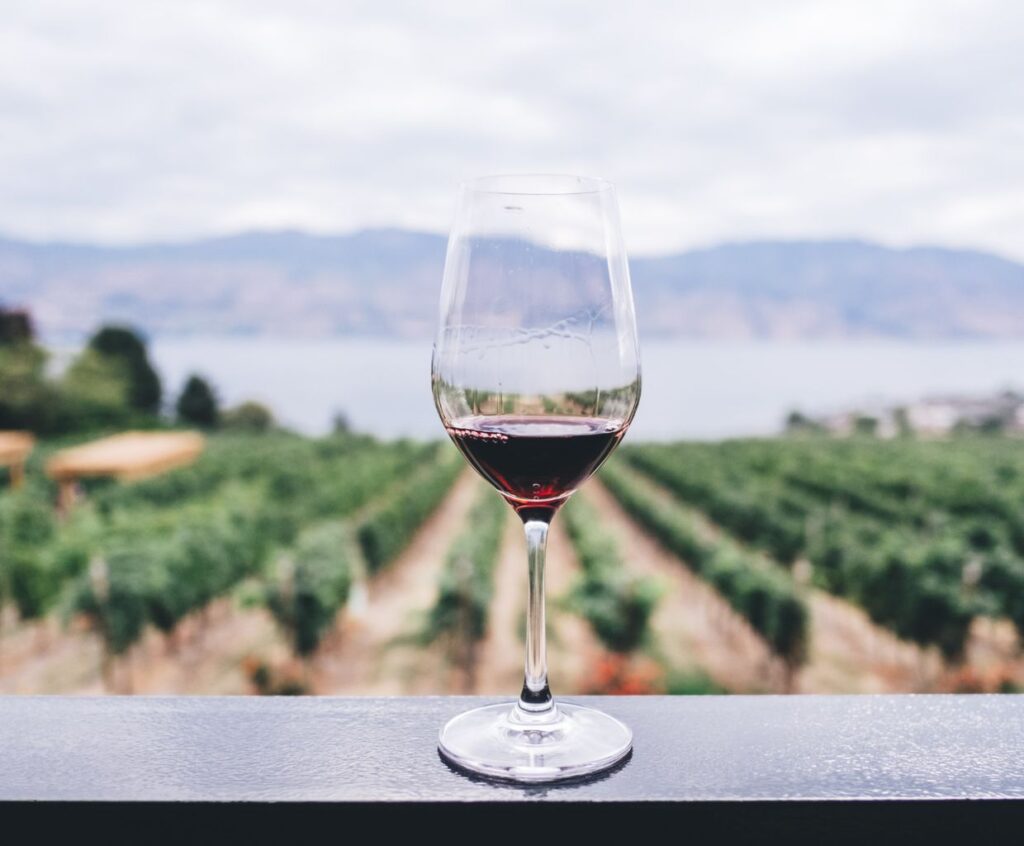Wine Production Methods – How My Wine Is Made?
Welcome, wine enthusiasts! Have you ever wondered how your favorite bottle of wine is made? In this article, we will explore the fascinating world of wine production methods and uncover the secrets behind the making of this beloved beverage.
From vine to bottle, the intricate process involves careful craftsmanship and a deep understanding of the grape varietals, soil composition, and climate conditions. So grab a glass, sit back, and dive into the winemaking world!
Viticulture
Viticulture, the cultivation of grapevines, is the foundation of wine production. The choice of grape varietals, the location of vineyards, and the management of vines play a vital role in determining the wine’s flavor and quality. Here are a few key steps involved in viticulture:
Grape Varietals
Winemakers carefully select specific grape varieties that are well-suited to their vineyards’ climate and soil conditions. Different grape varieties contribute distinct flavors, aromas, and characteristics to the final product.
Vineyard Management
Proper vineyard management includes pruning, trellising, and irrigation to ensure healthy grapevine growth. It also involves pest and disease control to protect the vines from harmful insects and infections.
Harvesting
Once the grapes reach optimal ripeness, it’s time for harvest. This crucial stage requires careful timing and attention to detail:
Hand Harvesting
Grapes are often handpicked for premium wines to ensure that only the highest quality bunches are selected. Skilled workers meticulously gather the grapes, discarding any damaged or unripe ones.
Machine Harvesting
In more extensive vineyards, machine harvesters collect the grapes efficiently. These machines gently shake the vines, causing the grapes to fall into collection bins. While this method may be faster, it requires extra sorting and quality control measures afterward.
Winemaking
Once the grapes are harvested, the winemaking process begins. The following steps outline the general winemaking process:
Crushing and Pressing
The harvested grapes are crushed to release the juice, which may also include the grape skins. The juice is then separated from the solids through pressing. This step is crucial as it determines the style of the wine – whether it will be red, white, or rosé.
Fermentation
The extracted juice undergoes fermentation, where yeast converts the sugars into alcohol. The duration and temperature of fermentation vary depending on the desired style of the wine. Red wines are typically fermented with the grape skins to extract color, tannins, and additional flavors.
Aging
After fermentation, wines are often aged to develop complexity and enhance flavors. This can be done in stainless steel tanks, oak barrels, or both. The aging process can range from a few months to several years, depending on the wine type and desired characteristics.
Bottling
Finally, the wine is ready to be bottled and sealed:
Bottle Selection
Winemakers carefully choose the type of bottle that best suits their wine. Factors such as bottle shape, color, and closure (cork, screw cap, etc.) are considered to preserve the wine’s integrity and ensure its longevity.
Labeling
The labels on wine bottles provide essential information about the wine, including its origin, vintage, grape varietals, and alcohol content. Wineries often design unique labels to reflect their brand identity and catch the consumer’s eye.
Are there any specific wine production techniques employed to enhance my wine’s aroma and complexity?
Yes, several wine production techniques can enhance the aroma and complexity of wine. Some of these techniques include:
1. Fermentation: The choice of yeast strains and fermentation temperature can influence the development of aromas and flavors in wine. Controlled fermentation conditions can help preserve delicate aromas and enhance complexity.
2. Oak Aging: Aging wine in oak barrels can impart various aromas and flavors like vanilla, spice, and toasted notes. The type of oak used (e.g., French, American) and the duration of aging can significantly impact the wine’s aroma and complexity.
3. Malolactic Fermentation: This secondary fermentation process, in which malic acid is converted to lactic acid, can contribute buttery and creamy aromas to wines, particularly white wines and some red wines.
4. Extended Maceration: Extended skin contact during fermentation can extract more color, tannins, and aromatic compounds from the grape skins, increasing complexity and aromas.
5. Blending: Different grape varieties or wines from different vineyards can enhance complexity by combining aromas, flavors, and structural elements.
6. Aging: Allowing wines to age in a bottle under controlled conditions can help develop additional complexity and secondary aromas over time.
7. Use of Indigenous Yeast: Some winemakers prefer using indigenous or wild yeast instead of commercial yeast strains. Indigenous yeast can contribute unique aromas and flavors to the wine.
8. Carbonic Maceration: This technique is often used for certain red wines, where whole grape clusters are fermented in a carbon dioxide-rich environment. This process can result in wines with fruity and floral aromas.
It’s important to note that the specific techniques used may vary depending on the grape variety, wine style, and winemaker’s preferences.
Wine Production Methods – Conclusion
And there you have it – a glimpse into the captivating journey of winemaking. From carefully cultivating grapevines to selecting bottles, each step of the process contributes to creating a fine wine.
So, the next time you uncork a bottle, take a moment to appreciate the artistry that went into crafting that exquisite elixir. Cheers!





